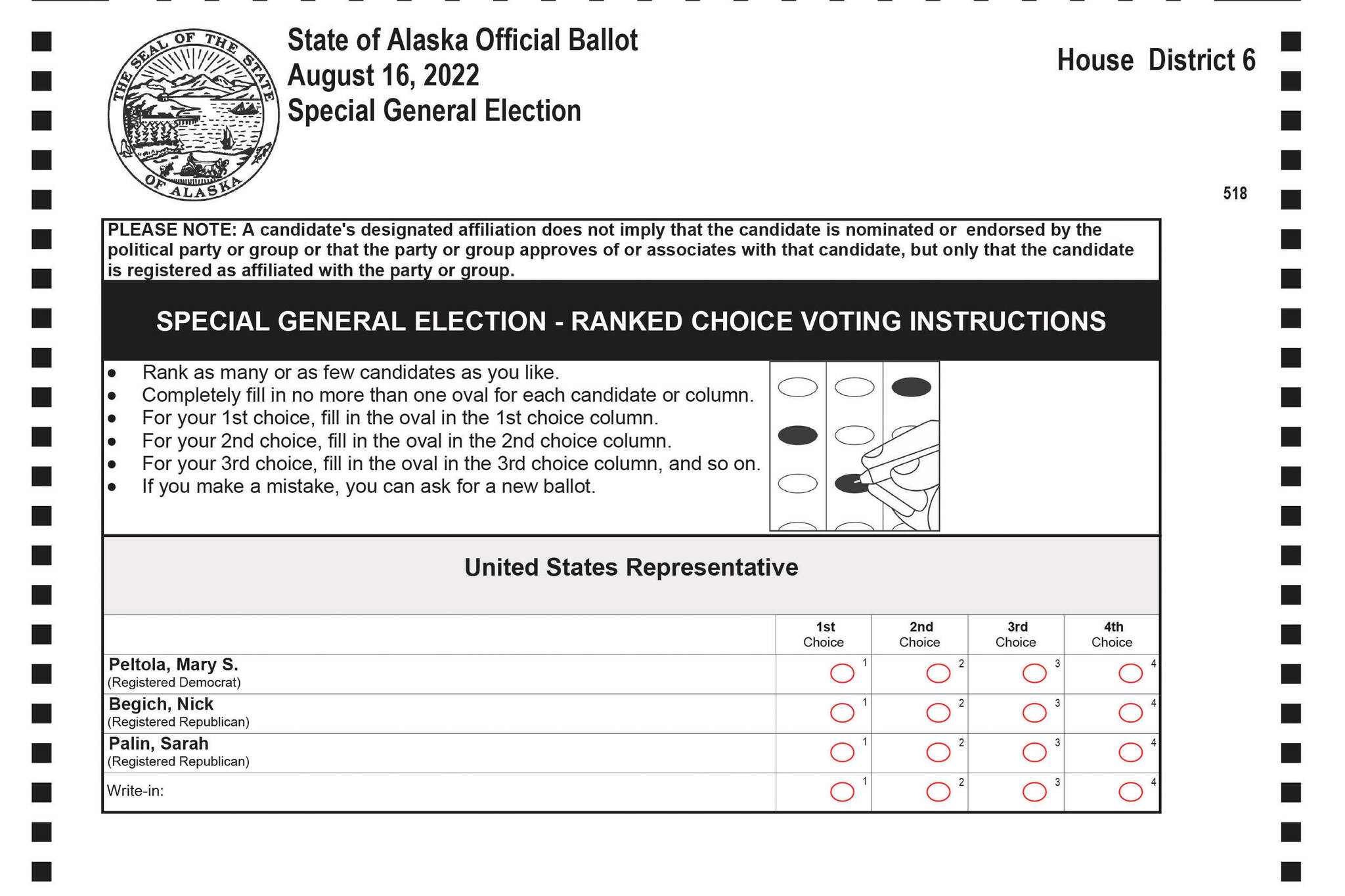I’ve been in public service for over 35 years — serving on the borough assembly, school board and city council, all as a nonpartisan. Local politics, in my view, should always be focused on the community, not on political parties. Local decisions should reflect the needs of all residents, not just one political ideology.
When open primaries and ranked choice voting first came up in Alaska, I was skeptical. I believed political parties should have the right to choose their own candidates, especially in state and federal elections. I didn’t like the idea of nonpartisan voters, like myself, impacting party primaries. But after listening to both sides — debating it myself — and seeing it in action, I’ve changed my mind.
I now oppose Ballot Measure 2, which seeks to repeal Alaska’s open primary and ranked choice voting system. Here’s why:
The voters decided — Let’s give it time
In 2020, Alaskans voted for ranked choice voting and open primaries. Initially, it seemed the measure had failed, but after all absentee ballots were counted, the results flipped in favor of the new system. This was democracy in action. The voters spoke, and we should respect their decision. Now, just a few years later, we’re being asked to throw it out before we’ve even fully seen its impact.
It’s too early to claim the system is not working. We owe it to ourselves — and to the democratic process — to give the system a fair shot. Alaska’s unique political landscape, where a majority of voters are nonpartisan or unaffiliated, makes it all the more important to embrace a system that allows every voter’s voice to be heard.
Empowering nonpartisan voters
One of the key benefits of the current system is that it empowers nonpartisan voters like myself. For years, Alaska’s political parties controlled the primary process, but they weren’t paying for those primaries — the state was. That means Alaskans, regardless of party affiliation, were funding a system that many couldn’t fully participate in.
Now, with open primaries, all voters have a say in who makes it to the general election. This change better reflects the reality of Alaska’s electorate, where more than half of registered voters are not affiliated with a major political party. Ranked choice voting, on the other hand, ensures that candidates must appeal to a broad range of voters to win — not just the extremes of their party. This is especially important in a state like ours, where political diversity is the norm.
Addressing critics
Some argue open primaries dilute party influence. This is a step in the right direction. Political parties should not have a monopoly on who makes it to the ballot. Our elections should reflect the will of the people, not just the preferences of party insiders. Under this system, candidates are incentivized to build coalitions and appeal to all voters, not just their base.
The path forward
With open primaries and ranked choice voting back before voters with Ballot Measure 2, we must remember that the voters approved this system — let’s give it time to work. Join me in voting NO on 2.
Tim Navarre lives on the Kenai Peninsula.

